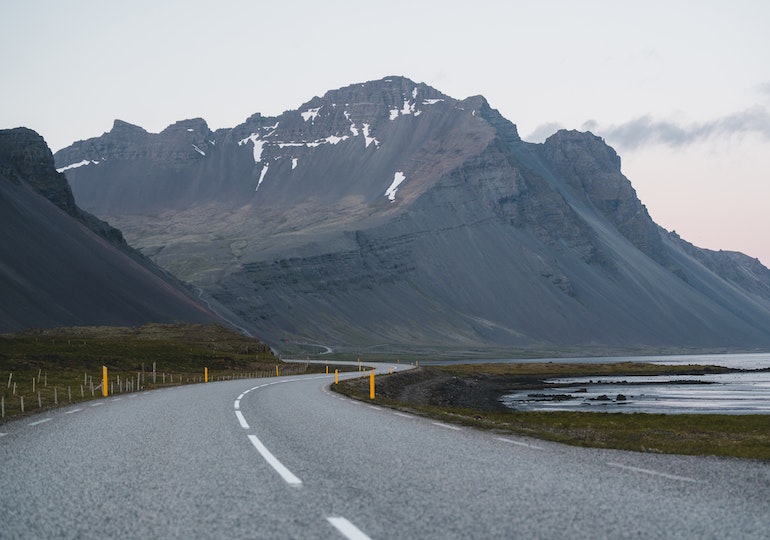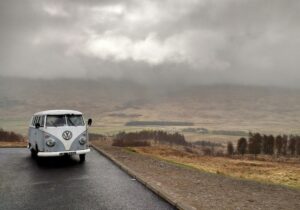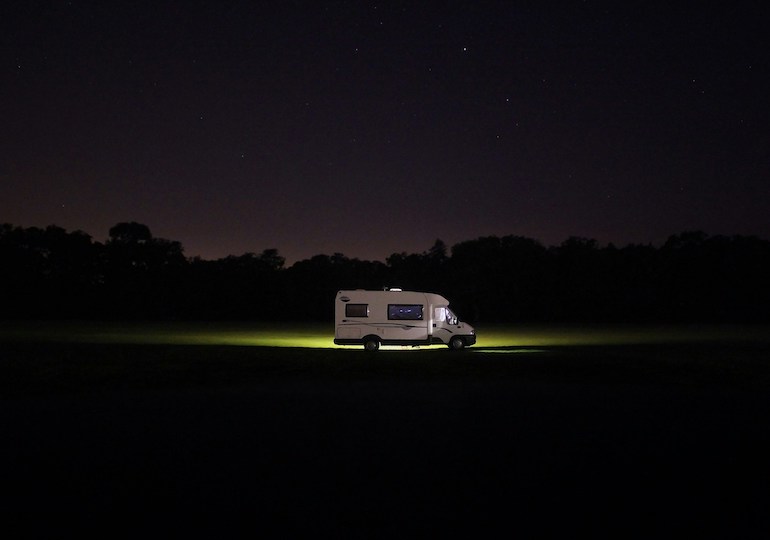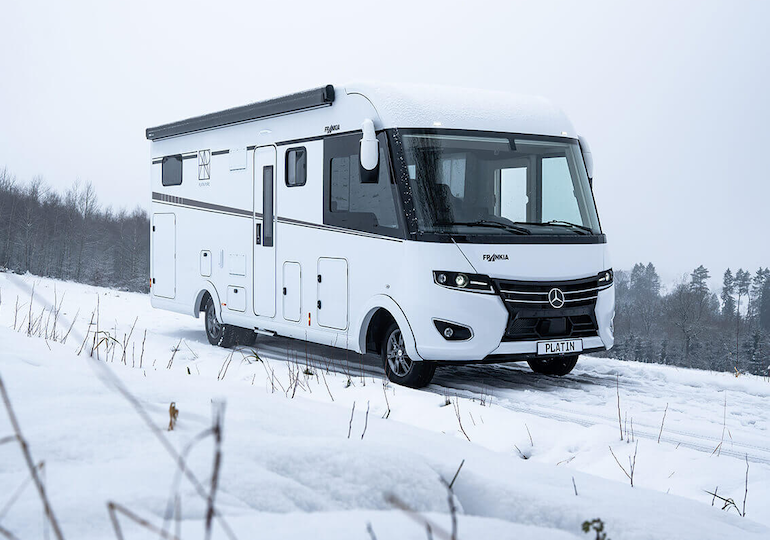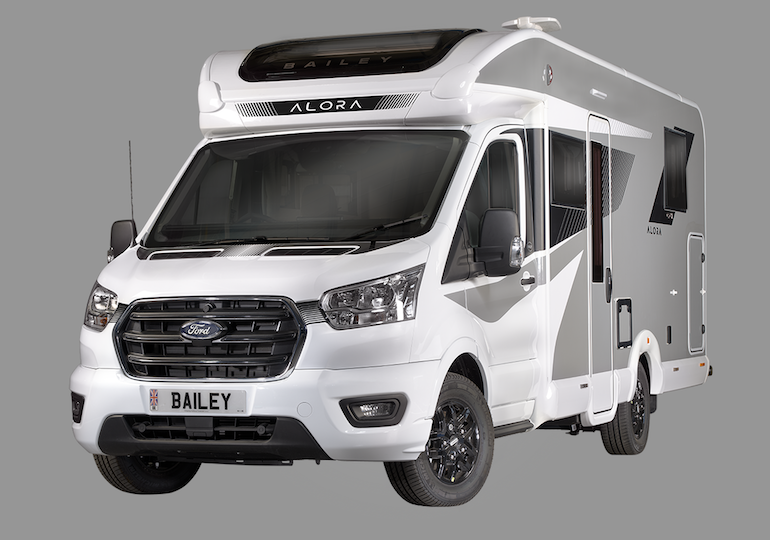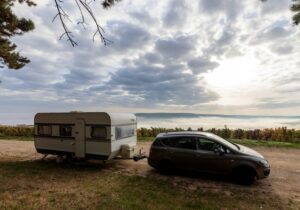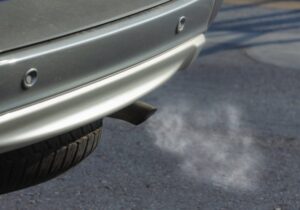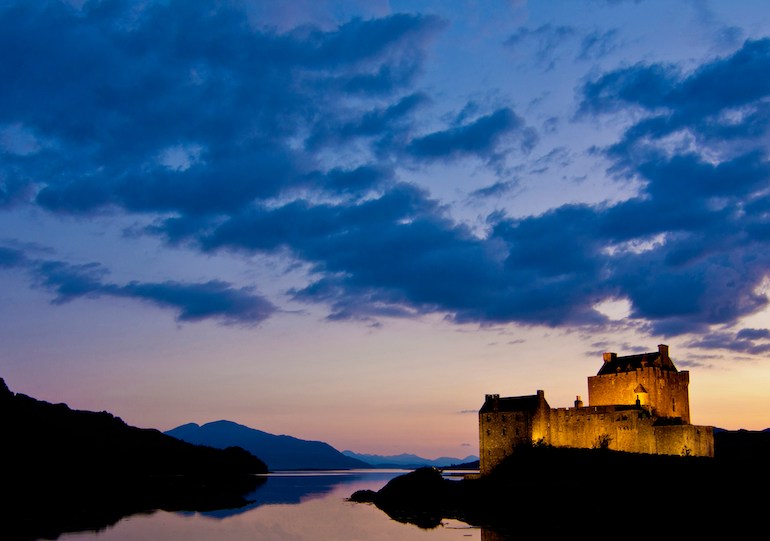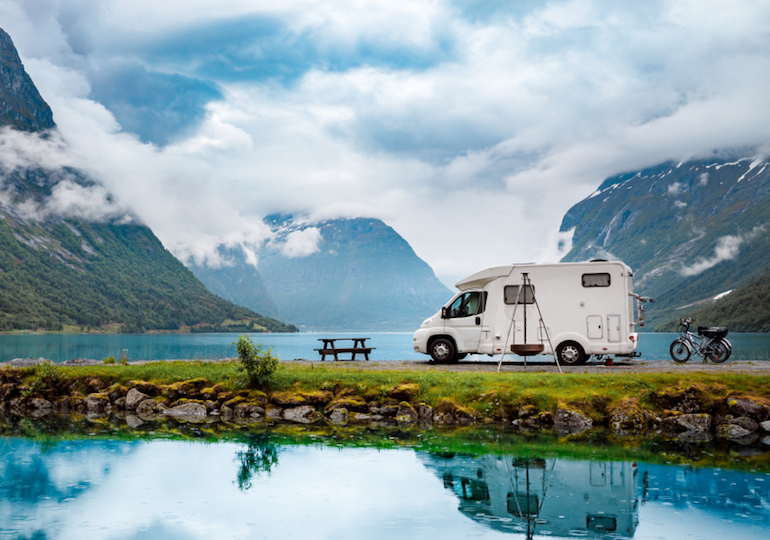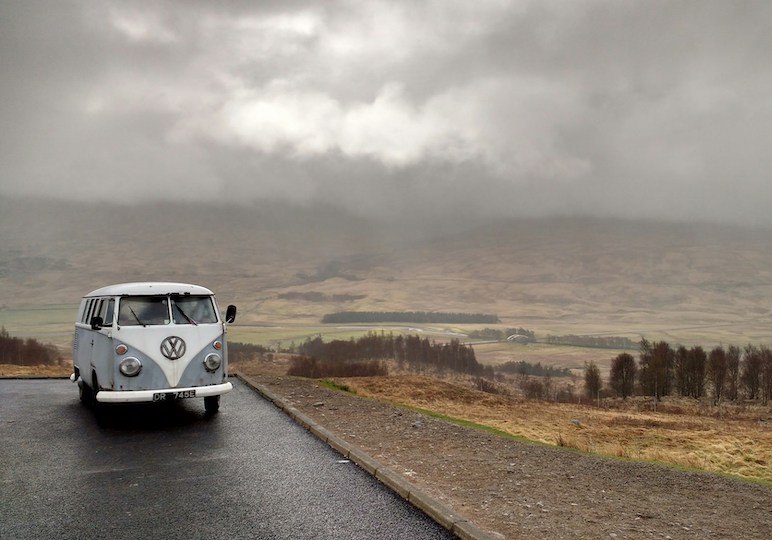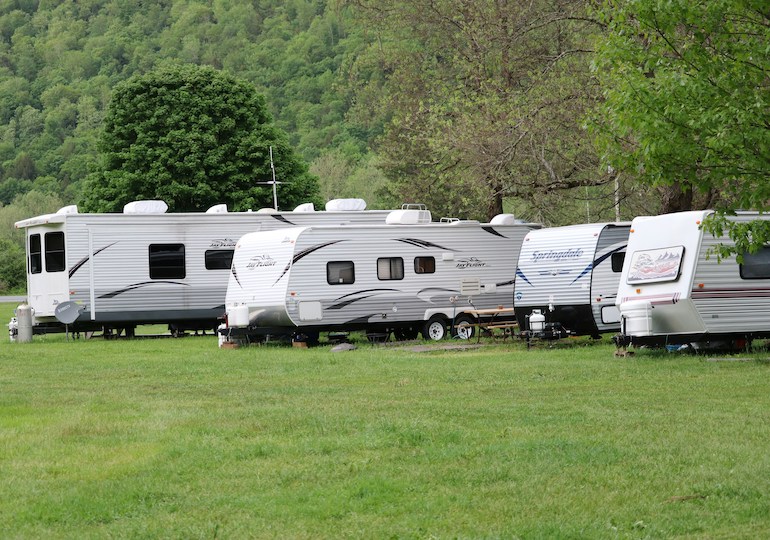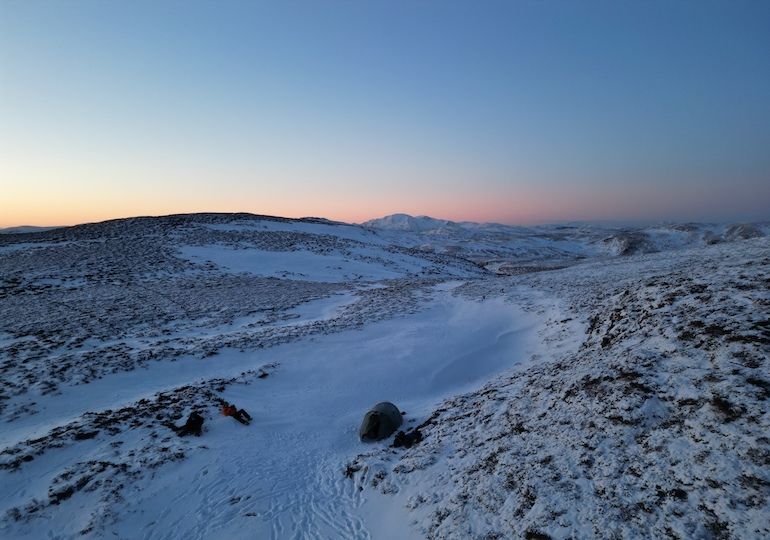The ability to head off across an entire continent and make a home in several countries is undoubtedly one of the best parts of caravanning and motorhoming.
We Brits are lucky to have Europe on our doorstep. From sunny beaches to towering mountains, anything you could possibly want from a leisure vehicle holiday is waiting for you.
The experts at the International Drivers Association have collated six awe-inspiring journeys you should consider for your next adventure. These itineraries come along with essential guidelines and stipulations for a safe and lawful journey.
Route One, Iceland
Also known as the ‘Ring Road’, Iceland’s Route One is among the most breathtaking journeys you could ever complete. The 828-mile circuit encompasses the entire island, offering a fully-fledged tour of the country’s unique and surreal landscapes. From waterfalls and glaciers to volcanoes and black sand beaches, this is one tour you wouldn’t want to miss.
Icelandic road laws
In Iceland, off-road driving is strictly prohibited to protect the fragile environment. Headlights must be kept on at all times, day and night. The general speed limit is 50 km/h in populated areas, 80 km/h on gravel roads in rural locations, and 90 km/h on paved roads.
The Romantic Road, Germany
This 220-mile journey takes you through the heart of Bavaria, stretching from Würzburg to Füssen, dotted with vineyards, medieval towns and fairy-tale castles along the way. It’s a leisurely route that suits a slow, cultural exploration.
German road laws
On autobahns (motorways), there’s a recommended speed limit of 130 km/h, but no actual maximum speed limit unless specified. However, speed limits apply to most sections of the Romantic Road. Importantly, it is illegal to pass vehicles on the right in Germany. Don’t forget to drive on the right!
The Wild Atlantic Way, Ireland
The Emerald Isle’s Wild Atlantic Way is a 1,600-mile route, taking tourers through the natural beauty of Ireland’s western coastline. Visitors will be in for a treat, with charming coastal towns, unspoiled beaches, ancient ruins and majestic cliffs all along the way. Plus, a number of cosy pubs lining the route will make a perfect spot to stop and take in the scenery.
Irish road laws
In Ireland, the general speed limit is 50 km/h in built-up areas, 80 km/h on regional and local roads, 100 km/h on national routes, and 120 km/h on motorways. Seatbelts are mandatory for all passengers.
The Amalfi Coast, Italy
Although a challenging drive due to narrow winding roads, the Amalfi Coast rewards brave motorhome explorers with stunning vistas of steep cliffs, pastel-coloured fishing villages and shimmering turquoise waters.
UNESCO declared this 43.5-mile route a World Heritage Site for its exceptional scenic beauty. Don’t miss the cliffside lemon groves and the iconic towns of Positano, Amalfi and Ravello.
Italian road laws
In Italy, you must drive on the right-hand side of the road. The speed limit is 50 km/h in urban areas, 90 km/h on local roads, 110 km/h on non-urban roads, and 130 km/h on motorways.
On the Amalfi Coast, the speed limit can be as low as 20 km/h due to narrow, winding roads. Also, in Italy, you’re required to keep your headlights on at all times when on motorways and major roads outside cities.
The North Coast 500, Scotland
Also known as ‘NC500’ or, simply ‘Scotland’s Route 66’, this 516-mile journey along the northern coastline of the highlands includes tranquil lochs, dramatic cliffs and white sandy beaches. Lucky tourers could spot seals, puffins and even the occasional whale.
Scottish road laws
In Scotland, like the rest of the UK, driving is on the left-hand side of the road. The general speed limit is 30 mph (48 km/h) in built-up areas, 60 mph (96 km/h) on single-carriageway roads and 70 mph (112 km/h) on dual carriageways and motorways. Always be aware of changeable weather conditions, which can affect driving, particularly in more remote areas.
The Route des Grandes Alpes, France
The Route des Grandes Alpes in France is a high-altitude journey that stretches for about 425 miles, from Lake Geneva to the Mediterranean Sea. This alpine route takes you through 17 mountain passes, with plenty of opportunities for hiking, biking, and winter sports.
French road laws
In France, driving is on the right-hand side of the road. The speed limit is 50 km/h in urban areas, 80 km/h on other roads, and 110 km/h on dual carriageways and motorways (130 km/h if weather conditions are good). France also requires that drivers carry a breathalyser in their vehicle, as well as a warning triangle and a hi-vis vest, so make sure to keep these in your campervan.
Photo credit: Matt Hardy / Pexels

